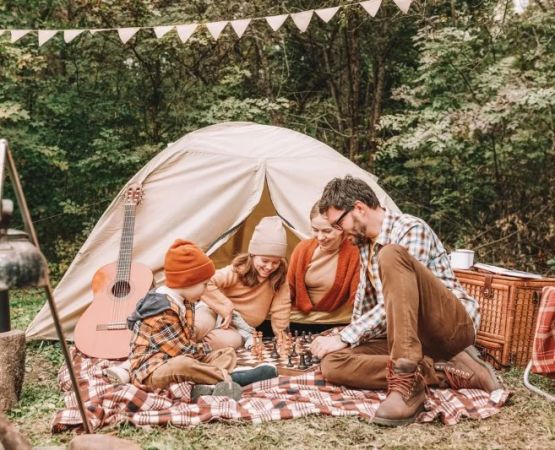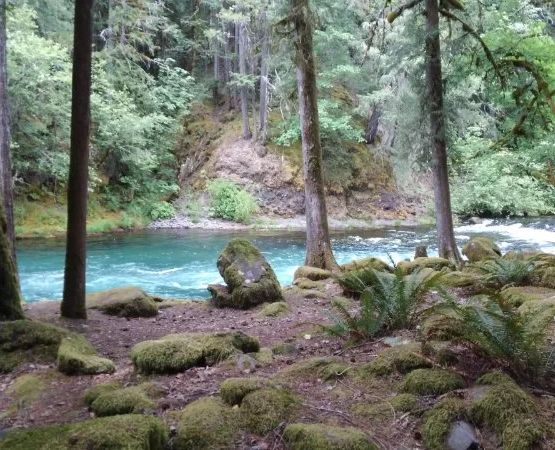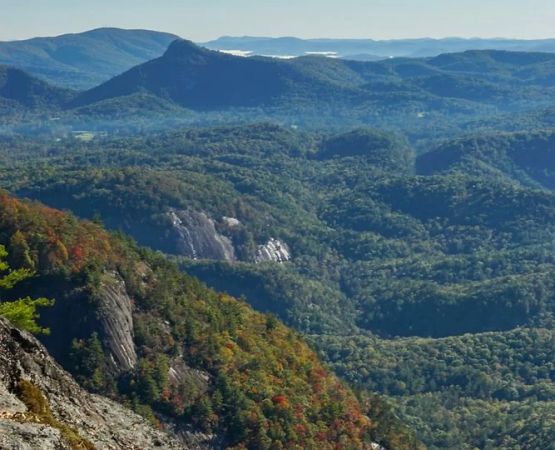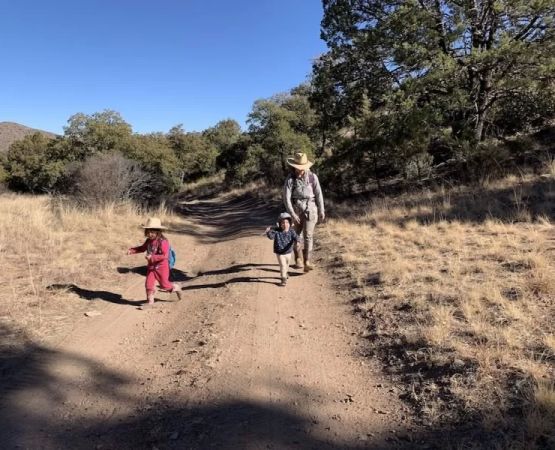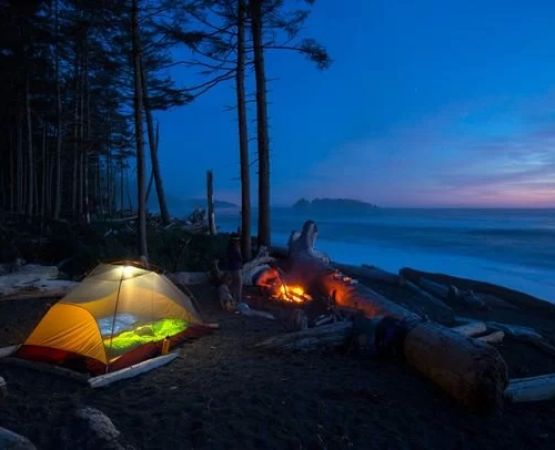- 1 - Understanding Landslide Risks While Tent Camping
- 2 - Choosing a Safe Campsite to Minimize Landslide Danger
- 3 - Safety Preparations Before Setting Up Your Tent
- 4 - Real Camping Stories: Lessons Learned from Landslide Incidents
- 5 - How to Respond During a Landslide Emergency
- 6 - Gear and Guidance for Safer Camping Adventures
1 - Understanding Landslide Risks While Tent Camping
When planning outdoor adventures, it’s critical to know how to prepare for a landslide while tent camping. Landslides often occur after heavy rains, rapid snowmelt, or in areas with loose soil and steep slopes. Campers in mountainous regions or near cliffs face higher risks. Recognizing the signs of potential slides, like cracks in the ground, leaning trees, or unusual water flow, can help you avoid setting up camp in dangerous zones.
2 - Choosing a Safe Campsite to Minimize Landslide Danger
One of the most effective ways to stay safe is by carefully selecting your campsite. Avoid pitching tents at the base of slopes, near riverbanks, or directly below cliffs. Instead, choose flat, elevated areas with firm soil and good drainage. Many experienced campers also recommend scouting the surroundings during daylight to identify natural hazards. This proactive step often makes the difference between a safe, peaceful night and an emergency situation.
3 - Safety Preparations Before Setting Up Your Tent
Preparation is as important as location. Carry a weather radio to monitor sudden rainfall or storm alerts, since these can trigger landslides. Packing lightweight but sturdy gear ensures you can move quickly if needed. Campers should also prepare an emergency evacuation route before settling in. Additionally, waterproofing essentials, storing valuables in secure bags, and keeping flashlights accessible make it easier to respond swiftly if conditions worsen.
4 - Real Camping Stories: Lessons Learned from Landslide Incidents
There are numerous accounts of campers narrowly escaping landslides. A group in Oregon once reported being awakened by rumbling noises and managed to evacuate moments before mud and debris swept through their former campsite. Another case in Nepal highlighted how early signs—such as small falling rocks—helped a hiker move camp in time. These real-life stories remind us that awareness and preparation are essential for survival.
5 - How to Respond During a Landslide Emergency
If a landslide occurs near your campsite, quick action is vital. Move perpendicular to the flow of debris, not directly uphill or downhill, to increase your chances of escaping. Avoid rivers and streams, as landslides often cause flooding. Once in a safe zone, check for injuries and signal for help if needed. Having a first-aid kit and a whistle can make a major difference in such scenarios. Practicing these responses mentally prepares you for real emergencies.
6 - Gear and Guidance for Safer Camping Adventures
Reliable gear and expert advice are crucial when planning camping trips in high-risk areas. Pine Cliff Resort provides access to high-quality outdoor equipment and resources designed to improve camping safety. From durable tents to weather-resistant accessories, having the right gear can mean the difference between danger and comfort when nature becomes unpredictable.

